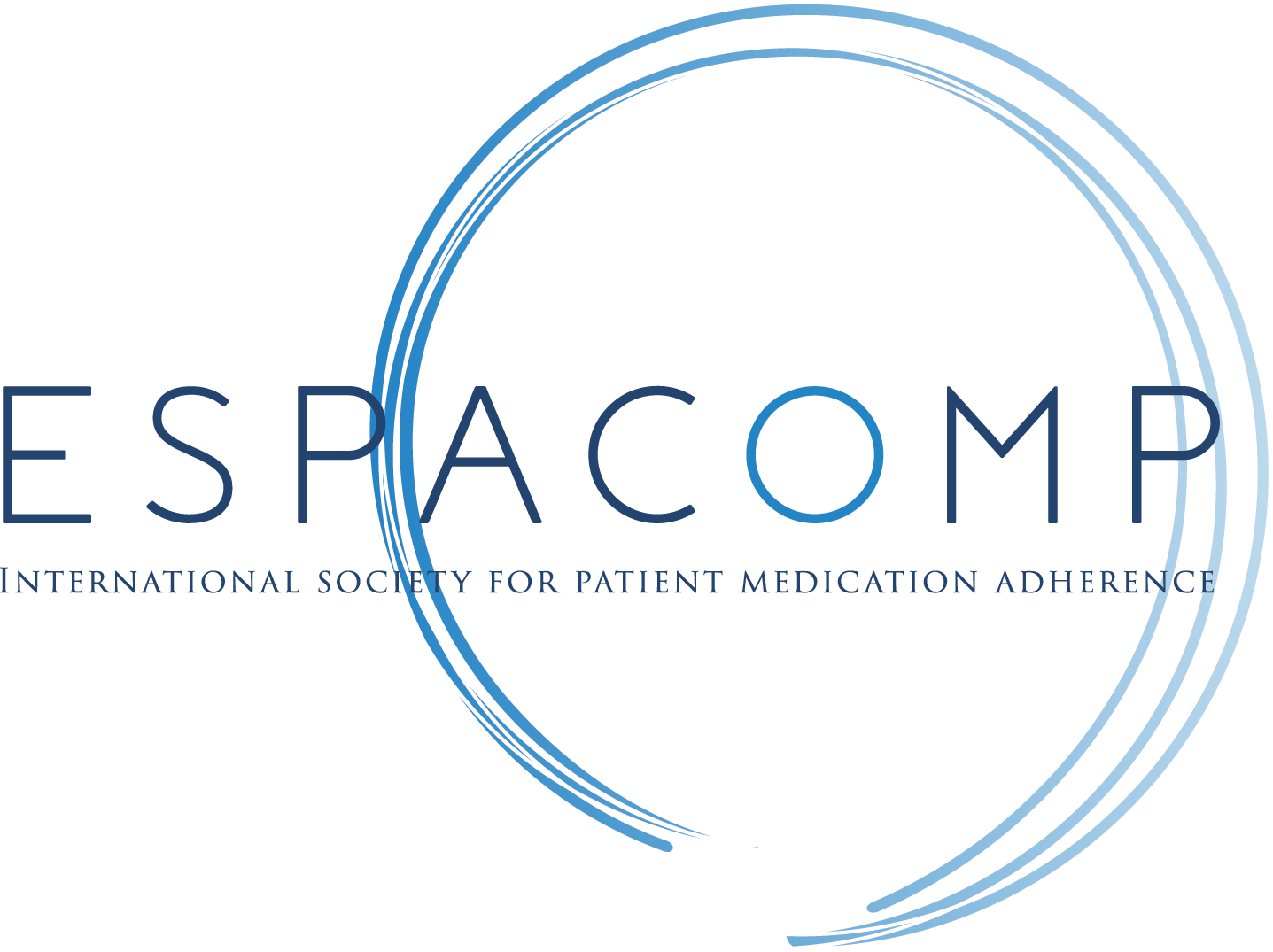Who is Marie Schneider

What is your connection to ESPACOMP?
During the writing of my PhD thesis, I got to meet Jean Michel Metry. He was the former CEO of AARDEX which manufactures MEMS bottles (i.e., MEMS bottles assess medication adherence by recording whether a patient opened their medication vial). Specifically, I used these MEMS bottles to assess adherence to antihypertensive drugs. So far MEMS had been used in clinical trials. We were the first to adopt MEMS bottles to monitor adherence in routine care. Jean Michel Metry told me about the ESPACOMP conference. I met Sabina de Geest and Bernard Vrijens there. As a result, I presented my first findings about antihypertensive medications at the ESPACOMP conference of 1998. Thus, more than 20 years ago.
What kind of medications or aspects of medication adherence have you studied as a researcher?
Pioneering on the use of MEMS
I started studying adherence to antihypertensive medication and drugs for epilepsy. We conceived the idea to share the MEMS findings with the patients. I must say that we started really from scratch. We would not know how patients would react. To our surprise, most patients were open to talk about their medication taking problems. They started telling what happened in their lives. They came up with very diverse reasons why they would not take their medications. Only a few patients did not accept the results. They said that our MEMS bottle was not working. In these cases, we always offered to check whether the bottle was functioning properly.
We were so thankful to document all these reasons of non-adherence. We used them to support the patients in finding solutions to improve the treatment regimen. Starting in 1995, our epileptic patients got a personal reader to upload the MEMS data daily from home. We visited patients in their home with a technician of the telephone company to install the MEMS reader. While we did not talk about telemedicine at that time, this was actually the very start of it. The family of patients who were resistant to their medication, appreciated this kind of medication adherence support.
HIV medications
Then, I start working with HIV patients. I worked together with infectious disease physicians in Lausanne. We initiated a medication adherence program. Patients who started antiretroviral therapy were invited to join. The program is nowadays fully implemented. It consists of proving MEMS bottles and giving feedback based on the MEMS results. We apply motivational interviewing if patients are resistant to change. Subsequently, results of patients are shared with physicians and nurses. Our interprofessional team meets every 6 weeks to discuss the least adherent patients.
The program was a success in Switzerland and has great potential to persist. Over 1,000 patients attended the program. As adherence is essential for antiretroviral therapy to be effective, this was a clear basis to implement the adherence program. Our clinic became known to many physicians. While it started with HIV medications, it nowadays offers support to patients with other conditions such as cancer, diabetes and renal failure.
Let’s reflect on what caused you to study medication adherence?
As a postgraduate hospital pharmacist, I was in touch with physicians. I went to the wards. I noticed that many patients in the hospital had many medications. Nurses had sometimes difficulties in understanding how to properly administer these medications. I therefore became interested in medication management. After that, I did my PhD in the outpatient clinic in the University of Lausanne to study adherence to drugs for hypertension. Here, I developed an interest in adherence. I began to realize how important it was to choose the right drug with the right regimen and dosage. The importance of the active participation of patients in the decisions and the importance of considering patients’ ability to manage their medication taking became very apparent to me.
“Navigating with the patient at the rhythm of the patient”
When I started using MEMS, it had not yet been used in practice. I had to convince my colleagues that it was important. I received a lot of comments that MEMS would be a kind of ‘big brother is watching you’. Of course, that was not my intention. I wanted to know patients’ problems in medication intake at home, in order to take the best decisions to support the patients to build up a better routine.
Similarly, I wanted to better understand their need of information, their fear for the treatment. Above all, I wanted ‘to navigate with the patient at the rhythm of the patient’. It sometimes took me two years to understand and resolve a non-adherence issue. It’s really about understanding the patient, about the perspective and needs of the patients. Patients feel the intent of the healthcare provider. When they feel the healthcare provider considers their needs, most patients are willing to work on their adherence issues. The dialogue is important. In other words, we never judge patients. Sometimes adherence is suboptimal, we then have to make compromises.
But the most important thing was to motivate patients to join this program. People often think: “I can do it on my own”. Just to let them join is tricky. Once they join, most do not drop out. Some people stay in the program if it keeps reinforcing their self-management. When patients have been adherent for a while, we invite them to quit the program based on indicators, but patients are invited to return if they need support again. Usually, we try each encounter to last 15-20 minutes. During the discussion, our focus is on adherence. We start each encounter by a summary of the report of the previous encounter to understand what the patient planned and we let them tell at the present encounter what they have tried.
What do you think has been the most important finding or development regarding understanding medication adherence in the last decade?
One of the most important things was the publication of the ABC taxonomy. To clarify, the ABC taxonomy distinguishes between starting a medication (‘initiation’), developing a routine (‘implementation’) and continuing to take the medication (‘persistence’). Before that, we were mixing up all sorts of adherence behaviors. In practice, these three behaviors are very different from each other. Another important development was the advent of multicomponent interventions. In our case, the combination of MEMS with motivational interviewing, which is really powerful in routine care. In the last 15 years, I also saw a shift towards considering the patient as a partner with whom you share responsibility as a healthcare provider.
What are you currently working on?
Patients often go to different healthcare providers who would all provide their own information, without consulting one another to align their information. We are currently interviewing patients about conflicting information. How do patients perceive the information from different healthcare professionals (the GP, medical specialist, pharmacist, and nurse)? We see a lot of disagreement in information. Interprofessional collaboration in outpatient care needs more research, it is a key determinant of a patient’s journey.
What do you think are important future directions in adherence research?
There are two important directions. First the methodology of measuring adherence needs to be improved. Second, research needs to be translated into practice. So, it is implementation science. What do we need to change our management of medication non-adherence in practice? How to address medication non-adherence in routine care? And what about establishing a collaboration between the patient and healthcare professional and to consider the patient as a partner. One of the important things is education. We need to teach the concept of adherence to students who are the healthcare providers of the future. They need to learn how to address medication adherence in an interprofessional team. This will enable healthcare professionals of the future to adopt adherence improving interventions in an interprofessional team.
Categories
- Annual Meeting (9)
- Collaborations (5)
- Other meetings (2)
- Policy Brief (1)
- Publications (12)
- Uncategorized (5)
- Who is … (5)




